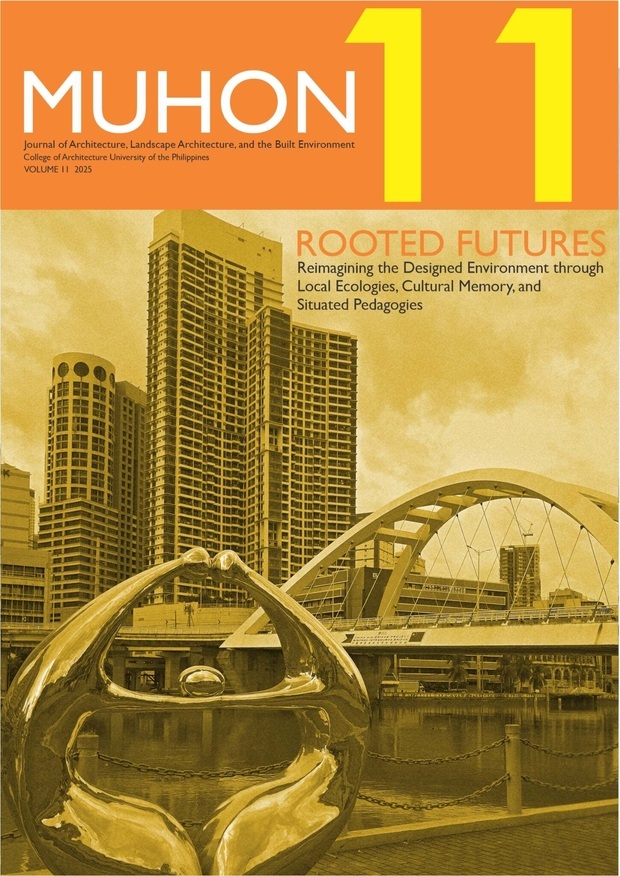Material is Language:
Evaluating the Correlation Between Building Materials and Affordances in the Tropical Environment
Abstract
In tropical design, the selection and application of building materials are important in enhancing spatial function and adaptation to the climate. Building materials, as a language, communicate the intended use of space to its users through its properties. For example, steel railing may evoke confidence among users due to its durability, whereas glass railings may evoke caution prompting its users to behave differently. This phenomenon reinforces the theory of affordance. In design, affordances are defined as the possible actions of a user on an object’s qualities, such as shape, texture, and form. The purpose of this study is to investigate the correlation of materials and affordances in the tropical context and discuss this through the case studies of three different community centers: The Commons Thonglor and The Commons Saladaeng both in Bangkok, and the Corner House in San Juan, Metro Manila. Through ocular inspections and archival studies, the researchers analyze the affordances of materials in these cases by categorizing them to visual, tactile, spatial, and behavioral aspects. This analysis is used in the cross-case synthesis to determine whether the theory of affordances can effectively aid in creating functional and flexible community spaces in the tropical urban context. The findings of this study demonstrate that the correlation between materials and their affordances involves leveraging their physical/chemical properties and functional capabilities into architectural design. Furthermore, this study proves how materiality influences the creation of spaces in order to adapt to the tropical climate while optimizing user function through spatial interactions.
The copyright for the published work belongs to UPCA and its selected publisher. The contributor is free to publish a modified version of the same article in other publications.
The contributor guarantees that :
- the article does not infringe on the copyright or any proprietary right of any other person
- the article contains no libelous or other unlawful matter
- the article makes no improper invasion of the privacy of any other person.





